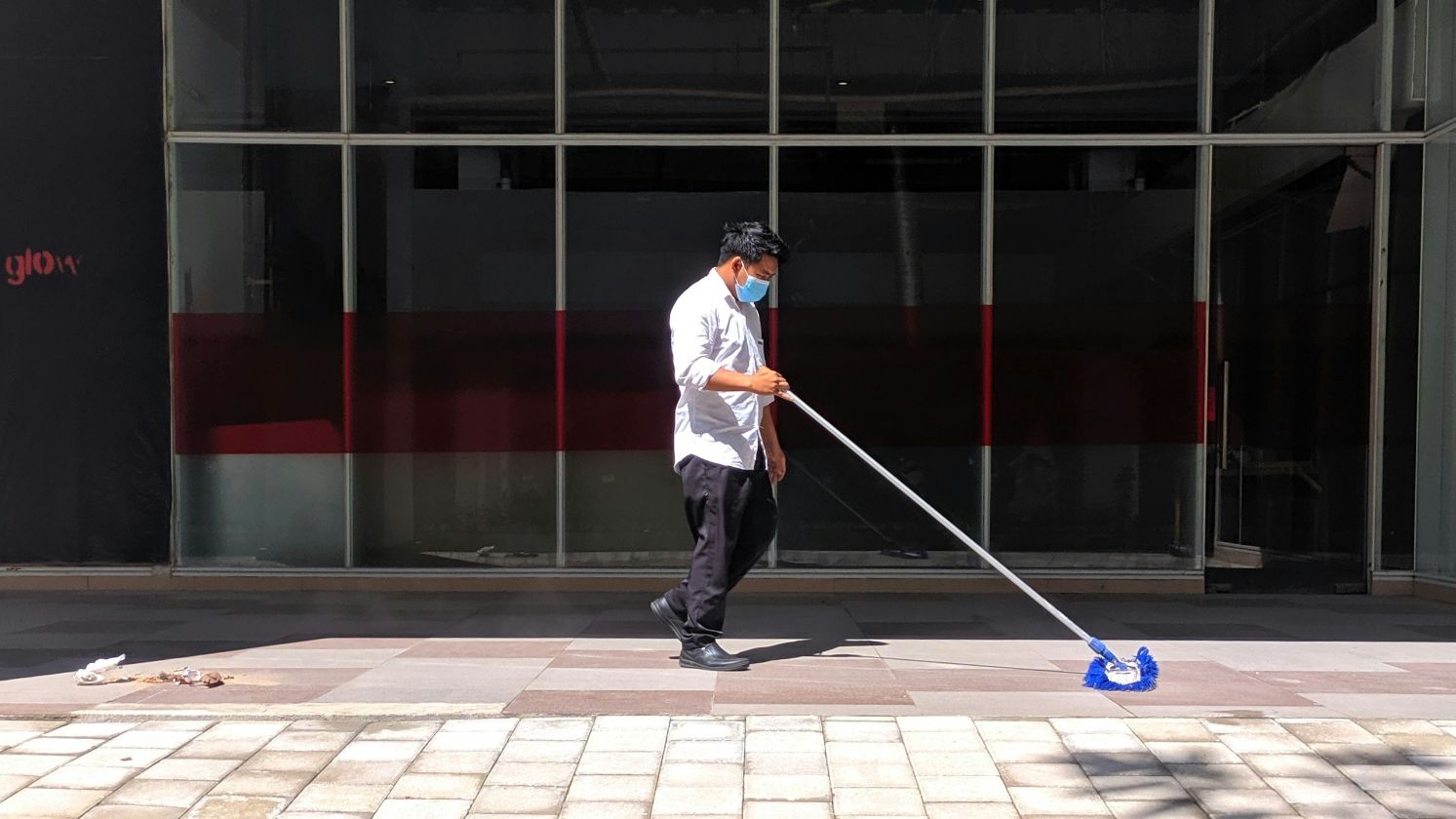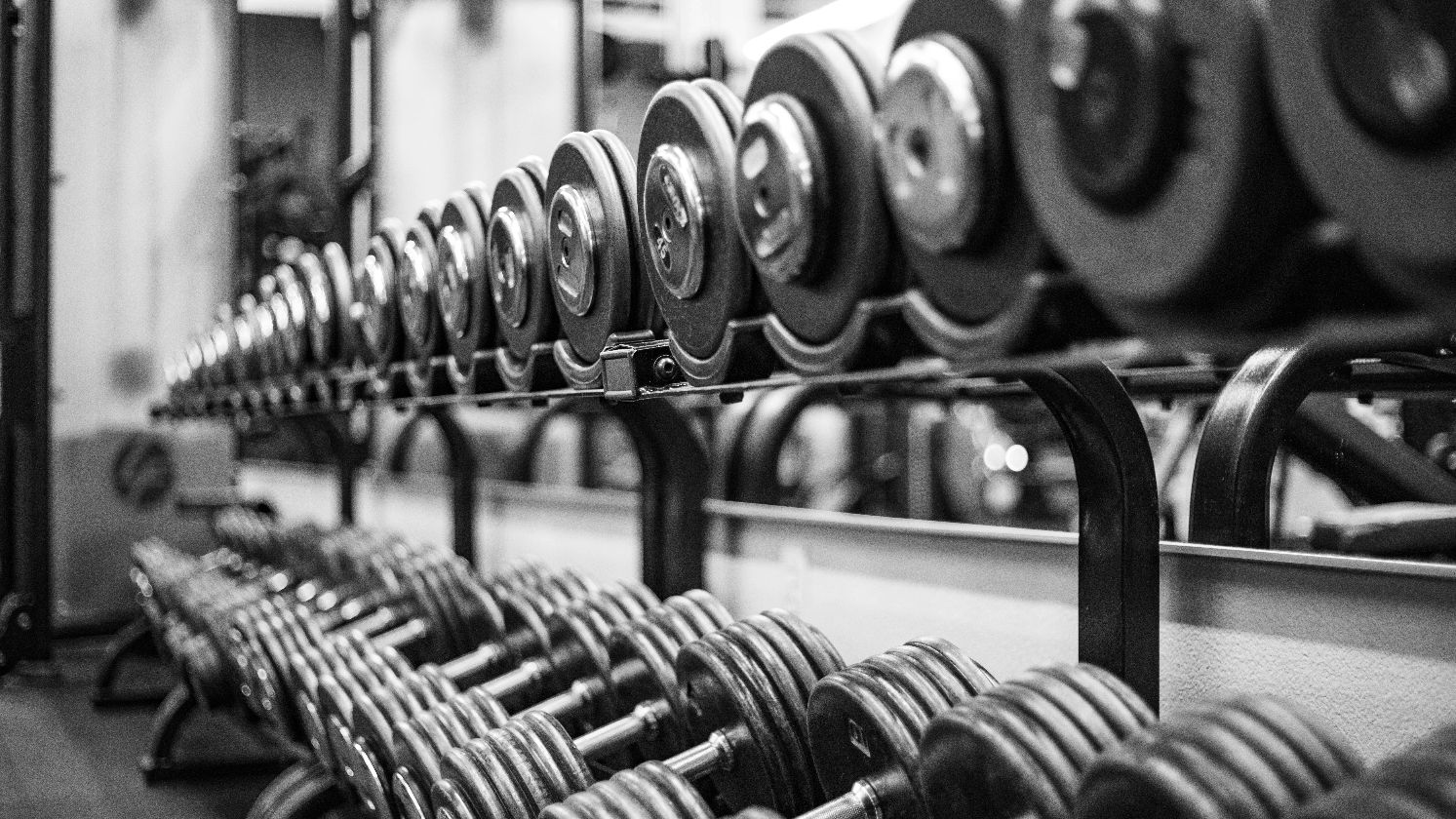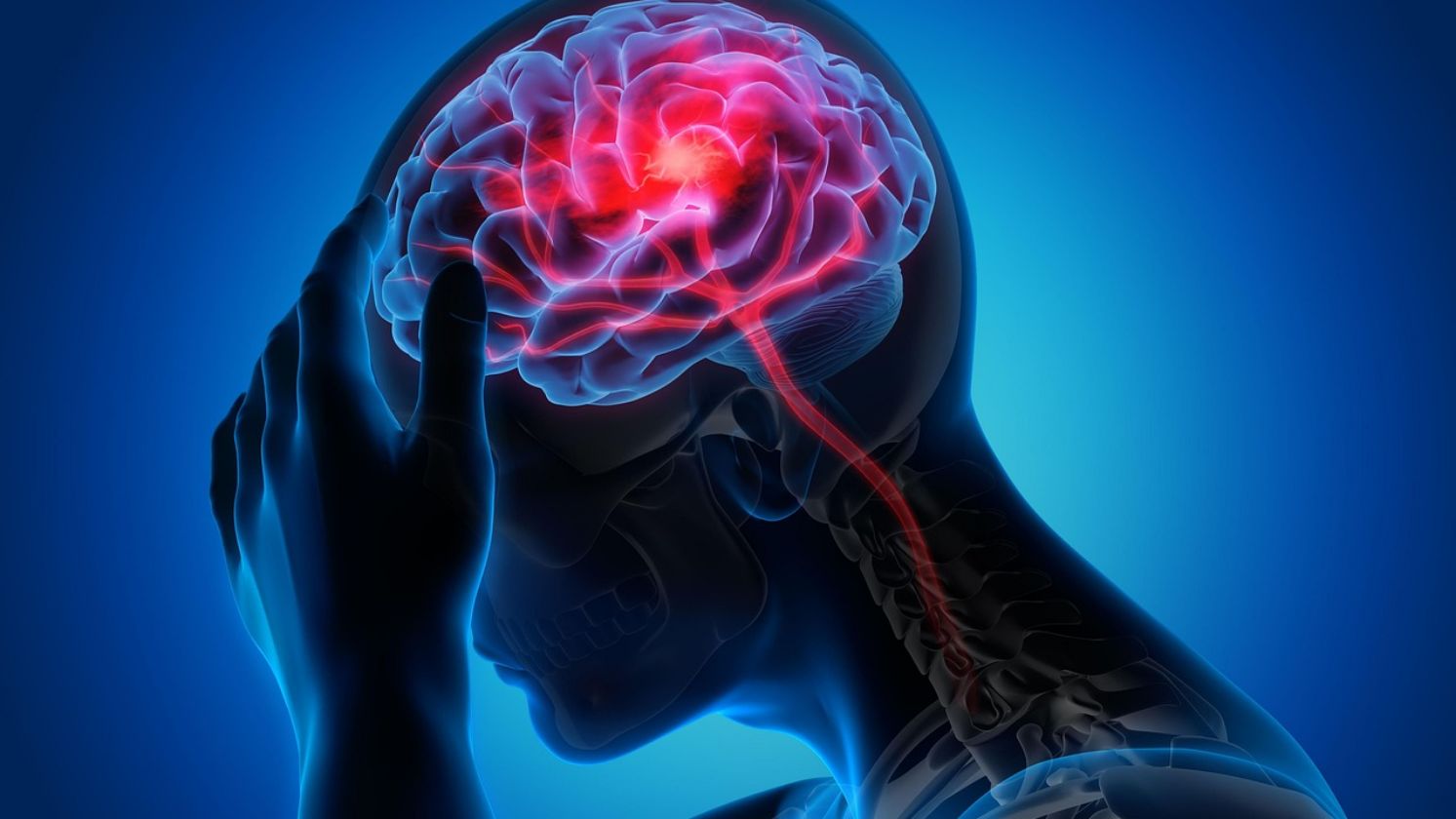Your Vision Deserves Attention Now
Your eyes work harder than you think—adjusting, focusing, filtering light—all without much attention. And small shifts can sneak in quietly, disrupting your daily routine without warning. It’s easy to overlook the signs, but knowing what to watch out for can make all the difference. Here are the subtle red flags to watch for, along with expert-backed advice to help you feel fully prepared for your next eye exam. Let’s begin with the signs it’s time for an eye checkup.
 Antoni Shkraba Studio on Pexels
Antoni Shkraba Studio on Pexels
1. Persistent Blurry Vision
Blurry vision usually means your eyes are struggling to focus due to nearsightedness or farsightedness. These are common focusing problems that glasses can fix. If ignored, the strain can get worse, and sometimes, it’s also an early sign of cataracts or diabetes.
2. Eye Fatigue At The End Of The Day
Eyes that feel tired after work are mostly overworked by long hours of screen time or focusing. This is part of Computer Vision Syndrome, which affects over half of digital device users. Breaks help, but vision correction may be needed too.
3. Night Driving Becomes Difficult
Low-light vision problems can make nighttime driving stressful and unsafe. Cataracts, which cloud the eye’s lens, or trouble seeing in the dark—called night blindness—are common causes. Older adults face this more, especially if their vitamin A levels are low.
4. Frequent Headaches After Reading Or Screens
Headaches that appear while reading or staring at screens can mean your eyes are under strain. Bright screens or poor lighting can make the discomfort worse. Persistent headaches may signal an eye issue that deserves a professional checkup.
 Photo By: Kaboompics.com on Pexels
Photo By: Kaboompics.com on Pexels
5. Seeing Double Or Ghosted Images
If you are seeing two of everything—or shadows around things, that’s called double or ghosted vision. It can mean your eyes aren’t working well together. Even if it comes and goes, it puts pressure on your eyes and can lead to headaches later.
6. Sudden Flashes Or Floaters In Vision
Seeing flashes of light or drifting specks can mean serious eye changes. They may signal a retinal tear or a vitreous detachment (eye gel separation), especially in people over 50. Immediate care matters, and ignoring it could lead to lasting vision damage or blindness.
7. Needing More Light To Read
Are you struggling to read without turning on extra lights? It's because as we age, our pupils shrink, letting in less light and making it harder to focus on close-up text. This common change, called presbyopia, makes reading tougher.
8. Colors Look Washed Out Or Faded
Dull or yellow-tinted colors might be more than lighting. They often point to cataracts, where the eye’s lens becomes cloudy. Optic nerve damage can also affect color vision. These changes happen slowly, so many people don’t notice until it’s too advanced.
 Volodymyr Proskurovskyi on Unsplash
Volodymyr Proskurovskyi on Unsplash
9. Squinting Often To See Clearly
Narrowing your eyes may sharpen images briefly, but it’s a sign your vision isn’t fully corrected. Kids who squint frequently may have undiagnosed eyesight issues. Continued squinting can also strain facial muscles and cause tension headaches over time.
10. Increased Sensitivity To Light
Bright lights that feel harsh can point to dry eyes or inflammation on the eye’s surface. Additionally, migraines or blurry vision problems also play a role. Even cloudy days expose your eyes to harmful UV rays, which makes strong sunglasses essential year-round.
Now that you know what to watch for, here’s how to make your next eye exam count.
1. Book A Morning Appointment
Choosing a morning exam helps your eyes stay sharp, since they’re usually well-rested and less strained. You'll likely avoid long wait times, too. Morning light feels softer after dilation, and for kids or seniors, early slots tend to work best.
2. Bring Your Current Eyewear
Wear your contacts or glasses to the appointment so your optometrist can get useful clues. They’ll compare how well they’re working now with what your eyes need. Scratches, wear, or outdated prescriptions can all change how your eyes perform during testing.
3. List Your Medications Clearly
Sharing a list of medications helps your eye doctor understand what could affect your exam. Some drugs, like allergy pills or steroids, can dry your eyes or change how your pupils respond. Even vitamins and herbal supplements may affect your vision.
4. Note Any Vision Changes In Advance
It’s useful to write down any changes you’ve noticed—like blurriness in the evening or trouble reading. These notes show patterns over time, which your memory might miss. Details matter, and having them ready leads to better results.
5. Avoid Makeup Around The Eyes
Skip eye makeup on exam day. Mascara, eyeliner, and other products can interfere with eye imaging and may increase infection risk. Many clinics require removal anyway, so going makeup-free ensures a smoother, more accurate eye exam.
6. Write Down Questions For Your Doctor
Jotting down your concerns—like screen strain or eye drops—makes your exam more helpful. It’s easy to forget questions when you're in the chair. Most people only remember half without notes, so a quick list really pays off.
7. Know Your Family Eye History
Family eye health offers important clues. Conditions like macular degeneration and glaucoma can run in families, and knowing that helps doctors adjust how often and how thoroughly they screen. Many people don’t realize these risks even exist in their bloodline.
8. Prepare Health Insurance And ID
Having your insurance details ready makes sure that the appointment starts smoothly, as it avoids billing issues and check-in delays. Some plans cover eye exams but not glasses, so checking ahead prevents surprises, especially if your clinic also needs a referral before testing.
9. Don’t Wear Contact Lenses That Day
Contacts change the shape of your eye’s surface, which can affect test results. Certain procedures, like corneal scans, need your natural eye shape. That’s why some clinics ask you to avoid contacts for a full day before your exam.
10. Drink Water Before Your Visit
Your eyes rely on moisture to stay clear and comfortable. Since they’re made mostly of water, dehydration can make vision less stable during testing. Staying hydrated helps maintain your tear film and may even reduce the floaters you notice.
KEEP ON READING

20 Everyday Chores That Help Burn Calories

20 Warning Signs Of Burnout You Should Never Ignore























